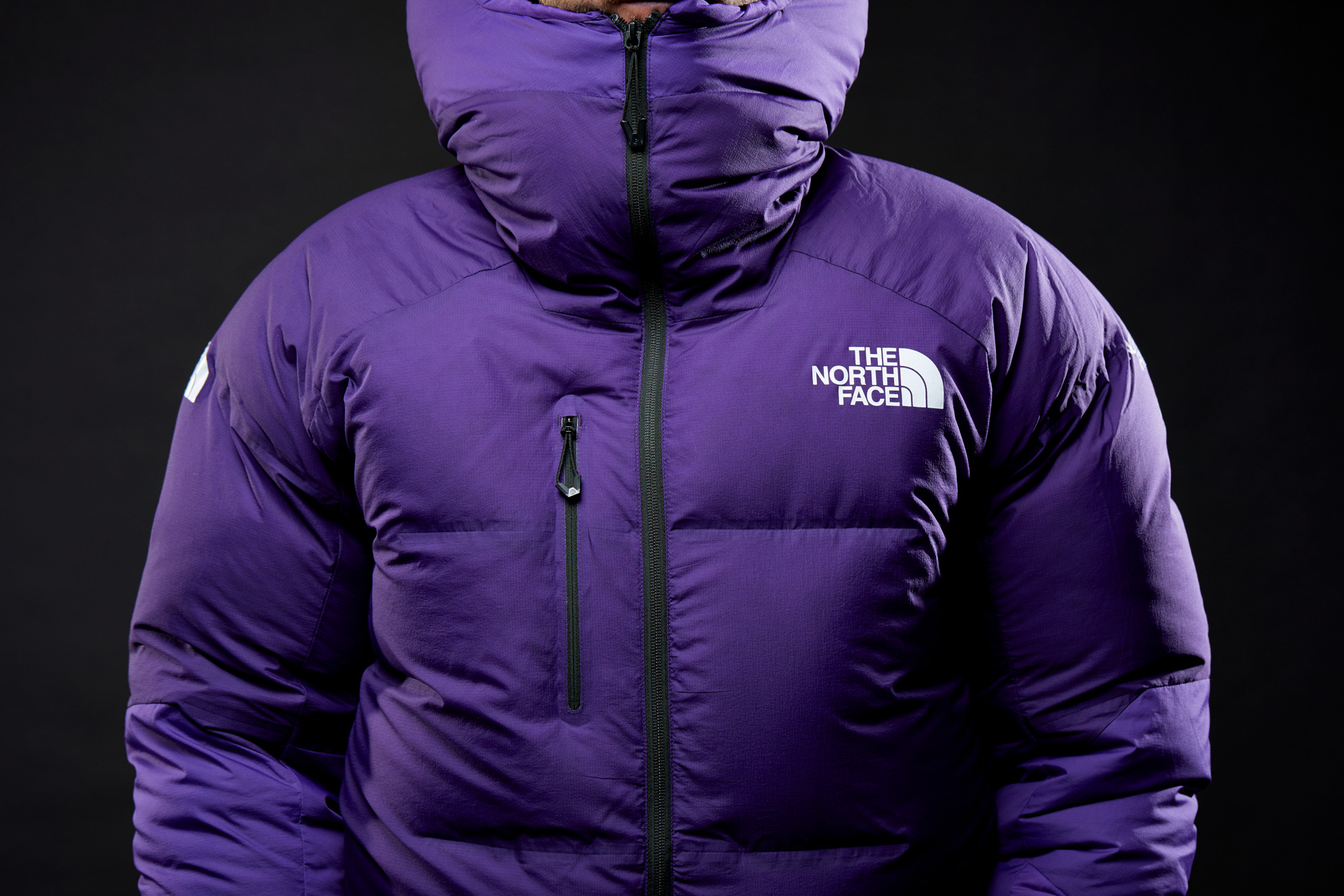Take a walk down the streets of south, west, east and north London one winter’s evening. I guarantee that there’ll be a jacket that you see more than any other. This jacket, the Nuptse, reached the ripe old age of 25 years in 2017. Rather than being a thing reserved for the museum collection in the Royal Geographical Society however, it’s instead doing the rounds amongst the ’yoof’ of Peckham.
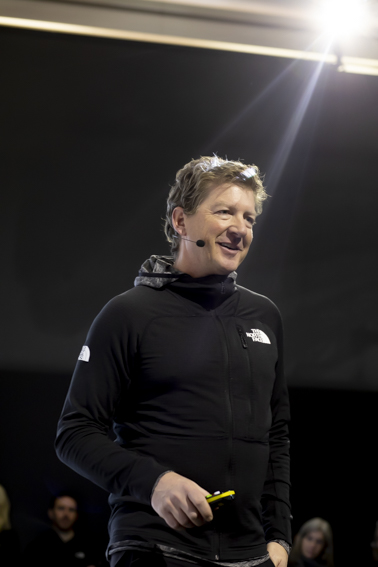
The North Face have a lot to thank for this surge in popularity of the jacket; from the nostalgia driven rise in retro outdoor clothing to the explosion of block colour-ways storming the fashion world. Of course, clever tactical collaborations with brands with huge ‘Hypebeast’ followings like Supreme definitely haven’t hurt its cause either; sending the jacket hurtling into the popular culture stratosphere.
Go to an underground rave, and you’ll see a Nuptse tied around the waists of many in the crowd. Flick on the latest season of Top Boy and a blue Nuptse is worn by lead character Jamie. The jacket’s basically everywhere, even in places where you’d least expect it (i.e. hundreds of miles away from the mountains, and on characters who spend much more time in the city than out of it).
Aside from the stacks and stacks of cash, high fives, and happy board members this level of fame can bring to the company, it can also, if left unchecked, become damaging for a brand like The North Face; one that looks to position itself in the heart of the climbing and skiing communities. With the core climbing and skiing community (myself included) so keen to see constant development of products, it’s sometimes hard to see a brand take a step away from the culture that helped it become as well established as it is today.
“Luckily for The North Face, they’ve got a man who’s able to position the brand at the forefront of the climbing and skiing world”
Just one simple Google search for “How did The North Face become fashionable?” (yeah, I do my research) brings up a heap of questions ranging from “What happened to The North Face?” to derogatory and politically incorrect ones like “Why are chavs so fascinated by The North Face?” Of course, it’s not just The North Face that are after a chunk of the lifestyle pie – it’s just that they’re the biggest champions at positioning themselves in this market, and therefore get the most flak for it. Patagonia, Berghaus, Columbia – they’re all at it, but The North Face do often feel like they’re the most “seen.”
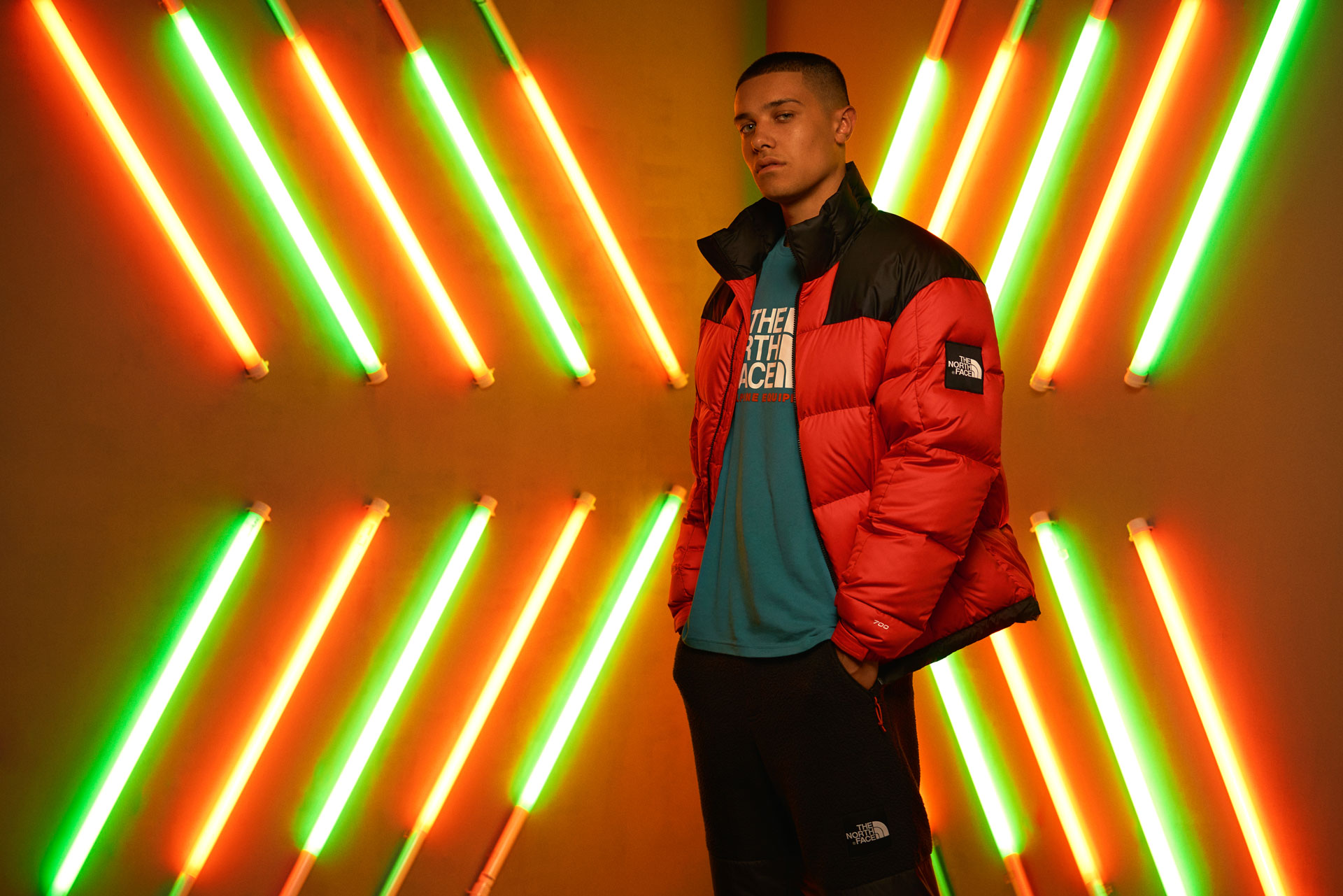
“Advanced Mountain kit represents the highest level of athlete-driven textile and design development”
Well, luckily for The North Face, they’ve got a man who’s able to position the brand at the forefront of the climbing and skiing world. Roll up Scott Mellin – General Manager of Mountain Sports at The North Face – basically, the man hired to drive The North Face’s research and development (R&D) programme in an effort to keep the brand relevant, authentic, and core.
And what a job Scott has done, with textile innovations like FutureLight and now their all new “Advanced Mountain Kit” (AMK). Poised to sit within their pinnacle mountaineering range – Summit Series – Advanced Mountain kit represents the highest level of athlete-driven textile and design development and most of all, shows us that all that cash from the one millionth Nuptse jacket sale is actually going back to give the brand credibility in the eyes of the core.
I sat down with Scott to get the scoop on the R&D process at The North Face, the new AMK line and what’s in the pipeline to become the next Nuptse to be worn by the kids on the street in 2040.
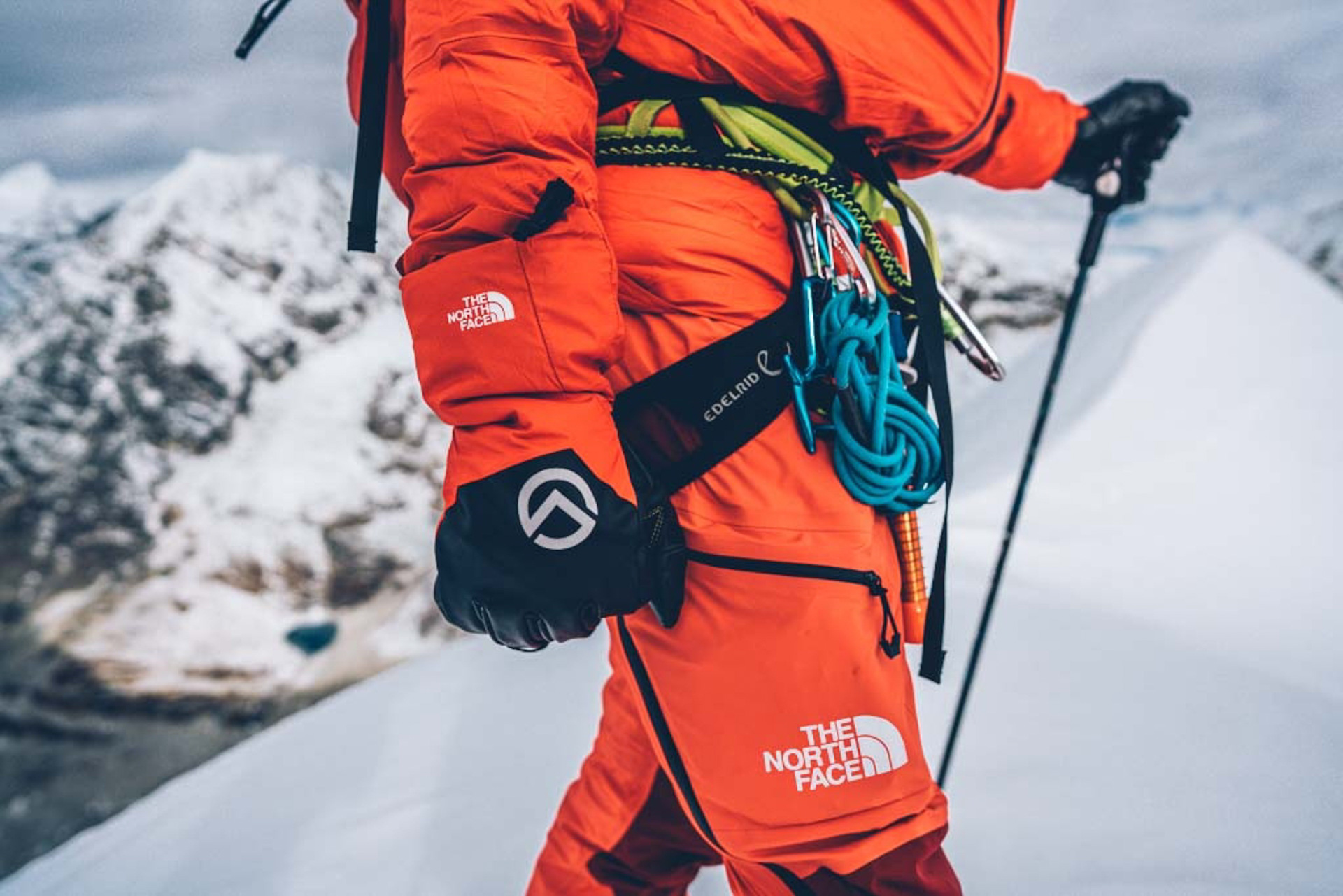
JT: “It would be great if we could get a quick synopsis of who you are, where you’re from and what it is you do at The North Face?”
SM: “So I’m Scott Mellin, I’m the global GM of mountain sports at The North Face. I manage the strategy and innovation for skiing, snowboarding, hiking, climbing and mountaineering. I live in Aspen, Colorado, but I work kind of virtually around the world with our athletes.
“I started with the brand in January of 2017 really with a specific focus on restoring trust and credibility in the mountain sport communities. The first product I started was this, the Advanced Mountain Kit (AMK). FutureLight came as part of the AMK development process. The origin of AMK was that we had an iconic Himalayan Suit that wasn’t in sync with the modern athlete.
“In the old days of the expeditions, you’d go and set up base camp at the foot of Mount Everest (I’ll just use Everest as a metaphor) and then you work over a period of two months where you establish high mountain camps, then you go for a summit push, but after two months at altitude, your body’s pretty destroyed and so you needed the insulation of the Himalayan Suit to keep you alive for a summit push.
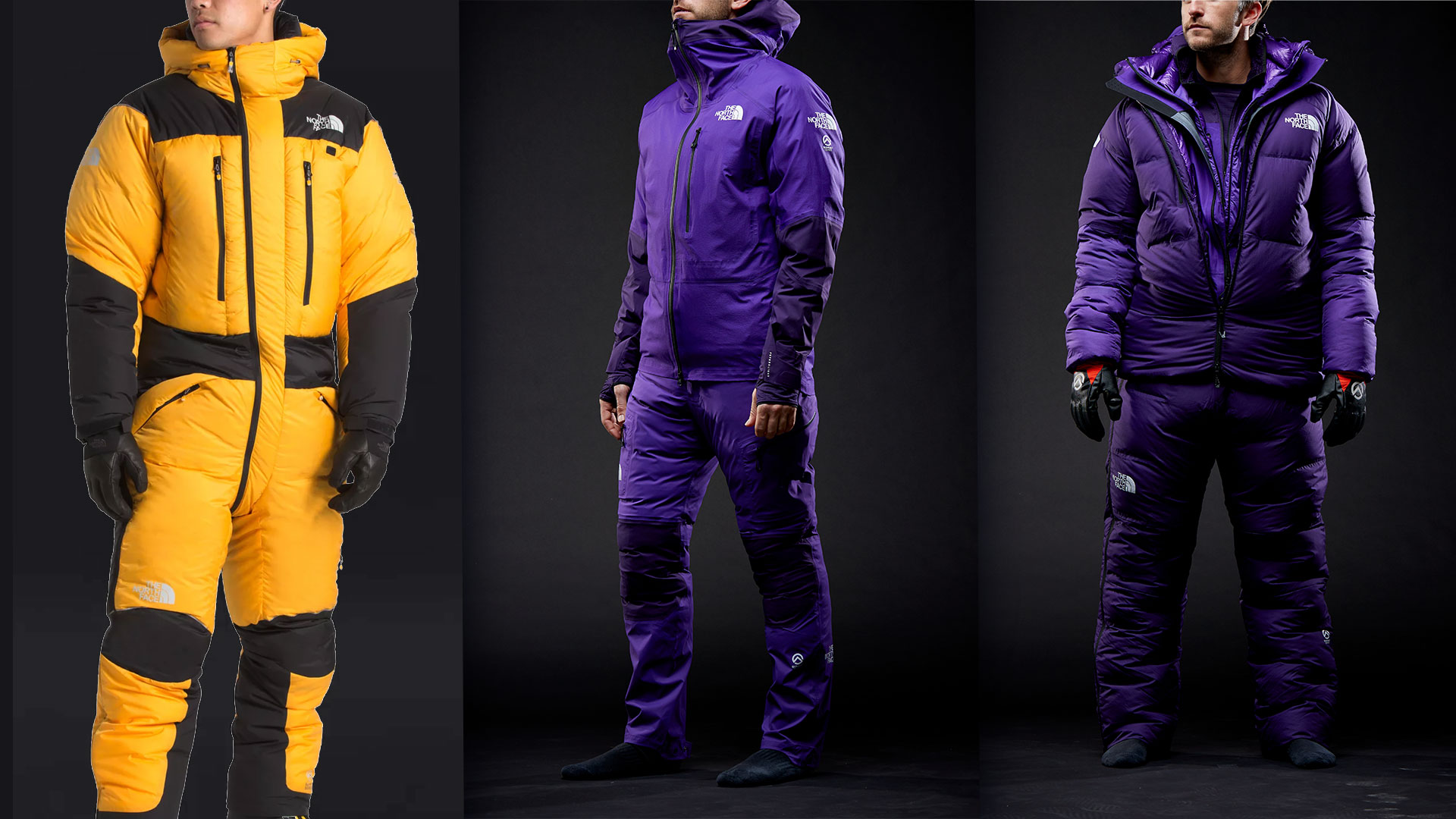
“But today, what we’re seeing is that the athletes are literally working on two week expeditions, through modern training techniques and hypoxic tents that they can use at sea level. This means they can train more efficiently, they can acclimatise more efficiently. As an example, Jim Morrison was testing FutureLight for me in the spring of 2018 – he climbed Cho Oyu and Everest in a week.
“So this kind of gives you an idea of what the modern mountaineer looks like in terms of timelines and how fit these guys are. And so what we wanted to do with the AMK was create a more modular, flexible system that was adaptable to a variety of different seasons, as well as different altitudes and different climates.”





